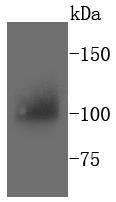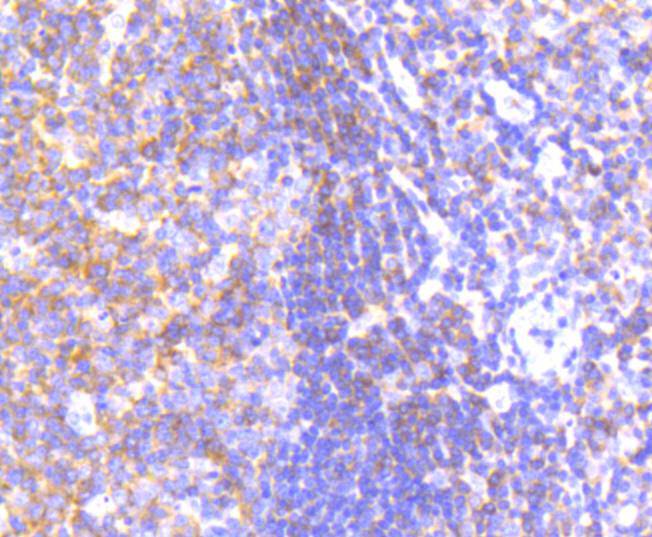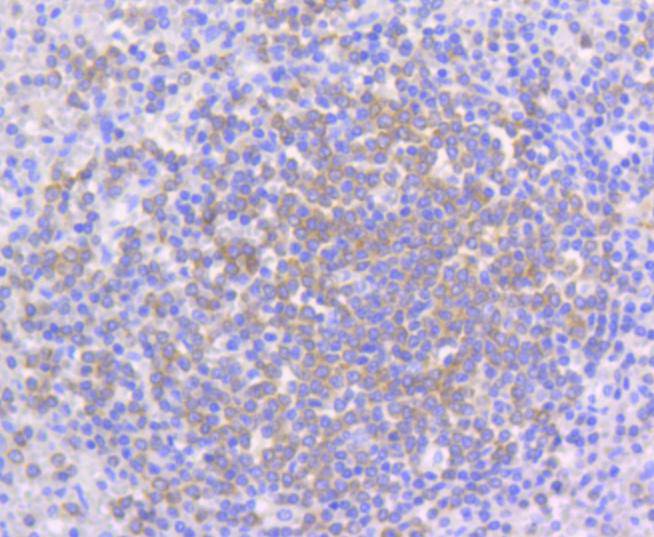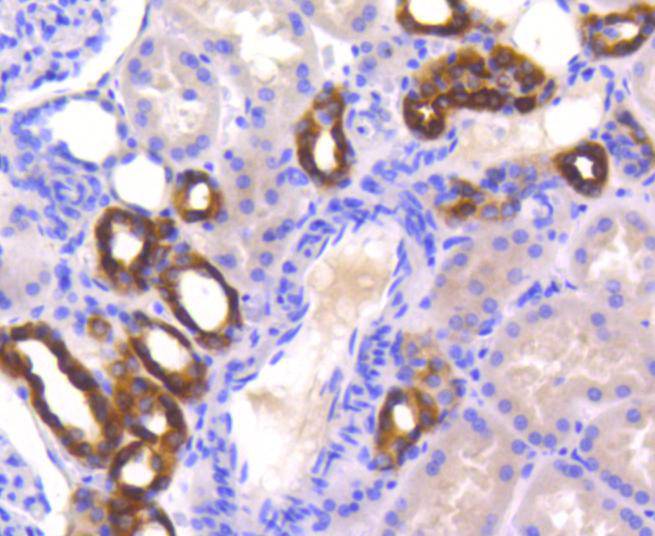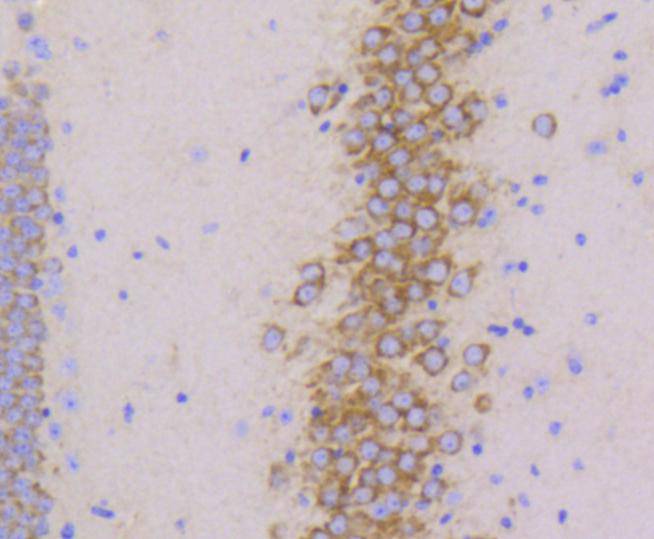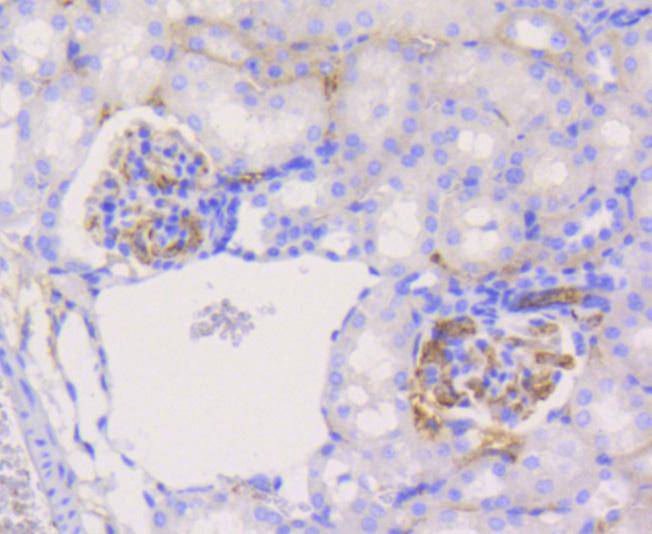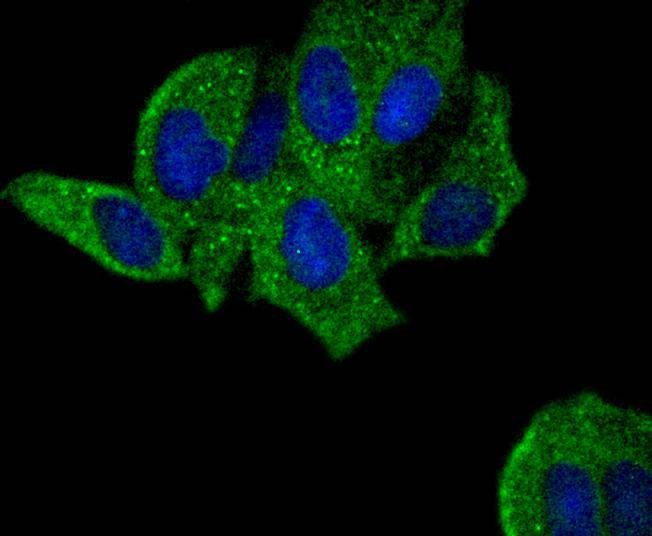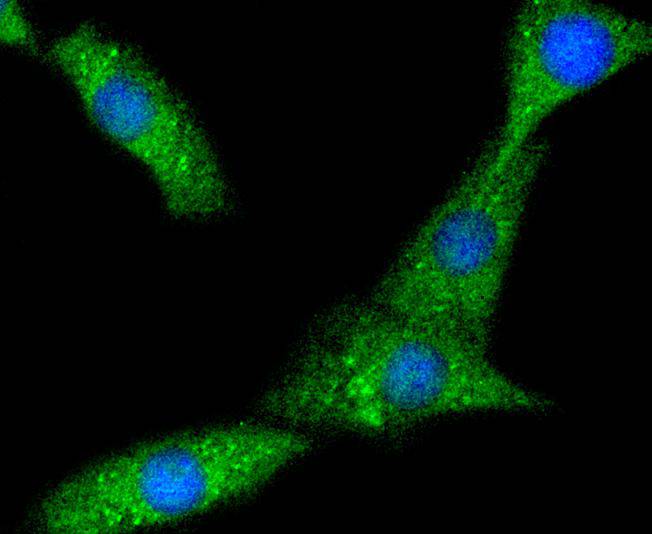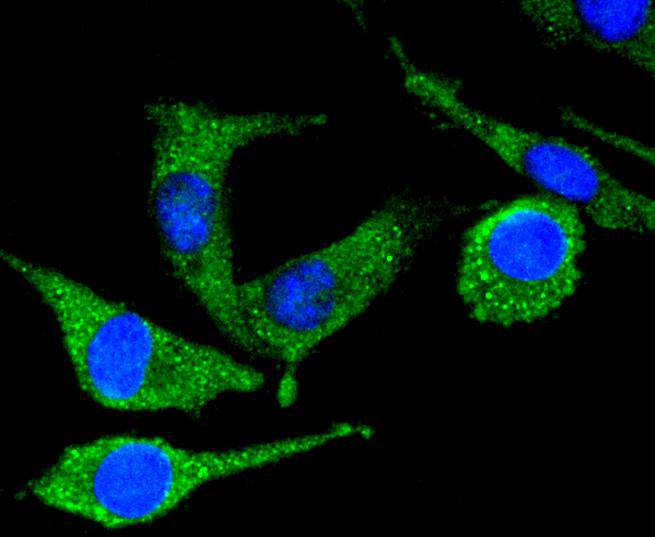Focal adhesion kinase (FAK) was initially identified as a substrate for the intrinsic protein tyrosine kinase activity of Src-encoded pp60. The deduced amino acid sequence of FAK p125 has shown it to be a cytoplasmic protein tyrosine kinase whose sequence and structural organization are unique compared to other protein families described. A putative new member of the FAK family, designated PYK2 (proline-rich tyrosine kinase 2), exhibits 61% sequence identity with FAK over its kinase domain. PYK2 (also designated CAKb or RAFTK) is highly expressed in the central nervous system. Activation of the kinase leads to modulation of ion channel function and the activation of the MAPK signaling pathway. PYK2 is rapidly phosphorylated on tyrosine residues in response to stimuli that increase intracellular calcium levels and compounds that activate members of the PKC family of kinases, such as phorbol esters.

